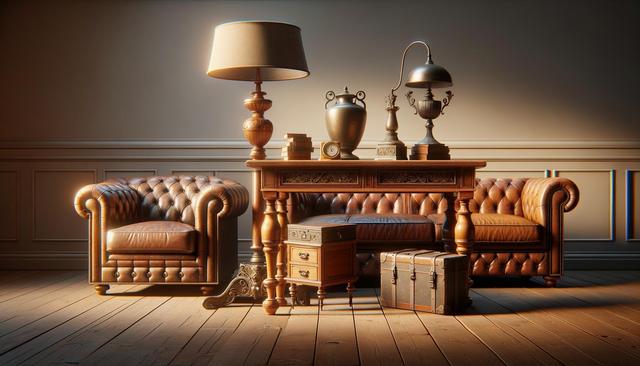Why Choose Used Furniture?
Opting for used furniture offers more than just cost savings—it’s a practical and sustainable choice that allows buyers to access quality pieces at a fraction of the price of new items. Many pre-owned furniture pieces are built with craftsmanship and materials that often outperform modern mass-produced alternatives. Whether you’re furnishing a home, office, or rental property, buying used provides access to a wider range of styles and eras that may no longer be available in current retail lines.
People often assume that used furniture means settling for damaged or outdated items, but the truth is quite the opposite. Many individuals sell or donate furniture that is in excellent condition due to moves, lifestyle changes, or redecorating efforts. This means that you can often find gently-used sofas, dining tables, chairs, and more that still have years of life left in them.
Choosing second-hand also contributes to waste reduction. Instead of ending up in a landfill, well-maintained furniture gets a second life. This environmentally conscious approach is increasingly appealing to those looking to reduce their carbon footprint while saving money.
What to Look for in Quality Used Pieces
When shopping for used furniture, knowing what to look for can ensure you get the most value from your purchase. Quality used furniture often stands out due to its construction, materials, and wear resistance. Here are a few tips to help guide your search:
- Check for solid wood construction rather than particleboard or laminate.
- Inspect joints and frames for sturdiness—avoid pieces that wobble or creak excessively.
- Look for well-maintained upholstery with minimal stains or odors.
- Ensure that moving parts like drawers and recliners function smoothly.
In some cases, minor repairs or cleaning can restore a used piece to like-new condition. Understanding the potential of each item helps you make informed buying decisions and even opens up opportunities for creative DIY projects.
Where to Find Unbeatable Deals
Securing quality used furniture at unbeatable prices involves knowing where to look. While traditional thrift stores and second-hand shops offer a wide selection, online marketplaces have expanded the possibilities for finding exceptional pieces. These platforms allow you to filter by price range, style, and location, making it easier to find items that match your needs and budget.
Here are a few reliable sources to explore:
- Local classifieds and community boards
- Estate sales and moving sales
- Consignment stores specializing in furniture
- Online auction sites and resale apps
Building relationships with local sellers or shop owners can also lead to early access to new inventory or special deals. Some sellers may even offer delivery services or discounts on bundled purchases, further increasing your savings.
The Benefits of Mixing and Matching
One of the advantages of shopping for used furniture is the freedom to mix and match styles, colors, and materials. Unlike buying a brand-new furniture set where every piece looks the same, curating a space with used items allows for a more personalized and eclectic aesthetic. This approach can add character and warmth to any room, making it feel truly yours.
Combining vintage and modern elements often leads to surprising design harmony. A mid-century armchair can pair beautifully with a contemporary coffee table, creating a balanced and inviting look. Additionally, mixing textures—such as wood, metal, and fabric—adds visual interest and depth to your interior design.
For those who enjoy DIY projects, used furniture provides a canvas for creativity. Painting, reupholstering, or refinishing pieces allows you to tailor them to match your style perfectly. These custom updates also increase the longevity and functionality of the items, ensuring long-term value.
Investing in Long-Term Value
Purchasing quality used furniture isn’t just a short-term cost-saving tactic—it’s a long-term investment. Many well-crafted items maintain or even increase their value over time, especially if they’re from renowned makers or unique designs. Maintaining and caring for these pieces helps preserve their condition and can offer resale potential if your needs change in the future.
In contrast to fast-furniture options that may degrade quickly, used furniture often comes from periods when durability and quality were standard. By choosing items with proven longevity, buyers reduce the need for frequent replacements and ongoing expenses. This not only saves money but also supports a more sustainable, mindful way of consuming.
In summary, the right used furniture can serve you well for years—both functionally and aesthetically. With a bit of research, patience, and vision, it’s possible to furnish any space with charm, comfort, and reliability.


